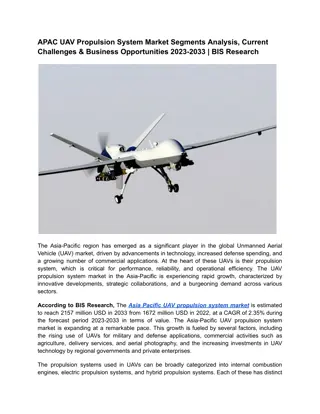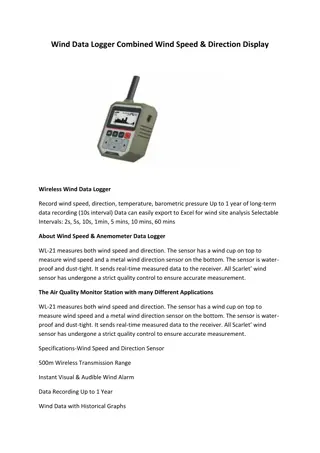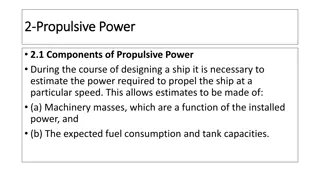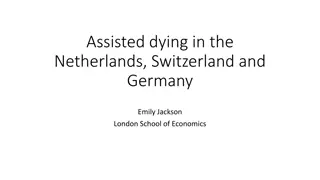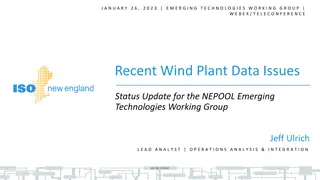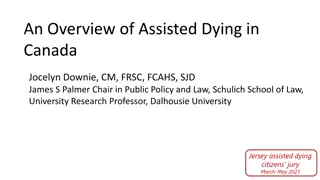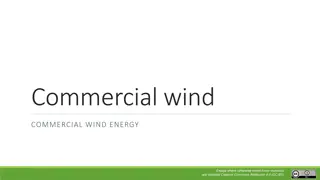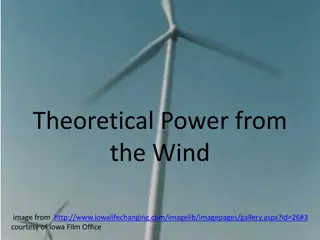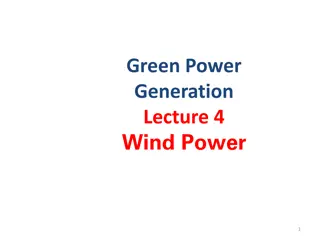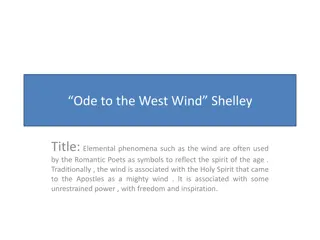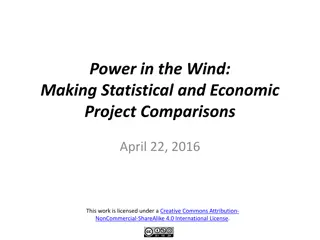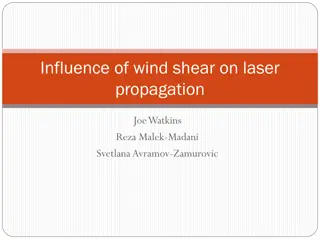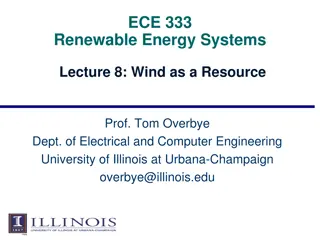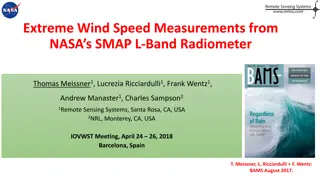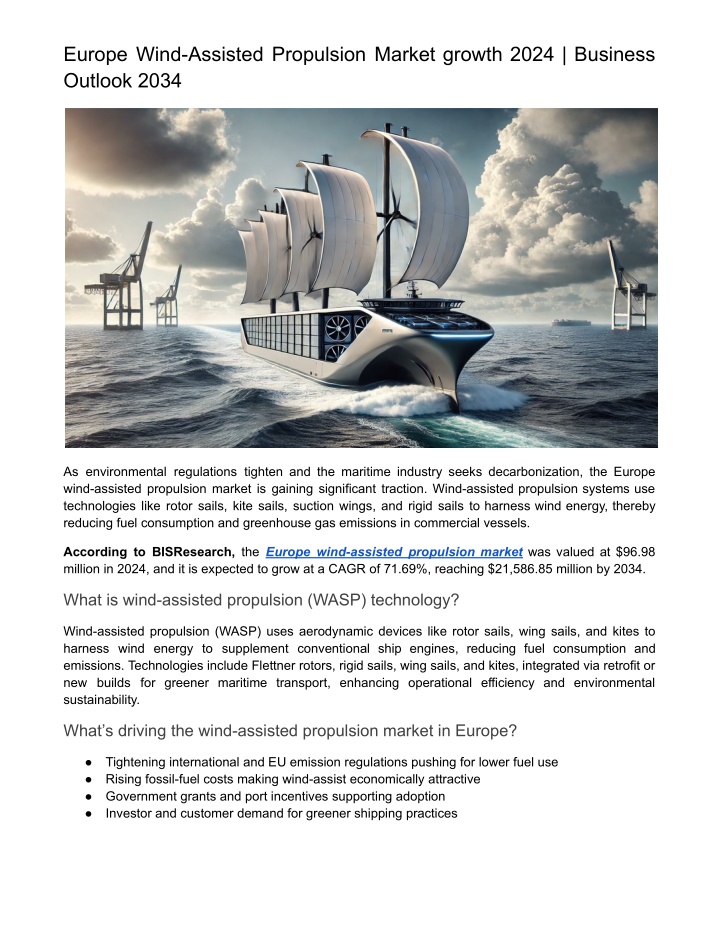
Europe Wind-Assisted Propulsion Market
The Europe wind-assisted propulsion market was valued at $96.98 million in 2024, and it is expected to grow at a CAGR of 71.69%, reaching $21,586.85 million by 2034.nnRead Report Overview: //bisresearch.com/industry-report/europe-wind-assisted-
Download Presentation

Please find below an Image/Link to download the presentation.
The content on the website is provided AS IS for your information and personal use only. It may not be sold, licensed, or shared on other websites without obtaining consent from the author. If you encounter any issues during the download, it is possible that the publisher has removed the file from their server.
You are allowed to download the files provided on this website for personal or commercial use, subject to the condition that they are used lawfully. All files are the property of their respective owners.
The content on the website is provided AS IS for your information and personal use only. It may not be sold, licensed, or shared on other websites without obtaining consent from the author.
E N D
Presentation Transcript
Europe Wind-Assisted Propulsion Market growth 2024 | Business Outlook 2034 As environmental regulations tighten and the maritime industry seeks decarbonization, the Europe wind-assisted propulsion market is gaining significant traction. Wind-assisted propulsion systems use technologies like rotor sails, kite sails, suction wings, and rigid sails to harness wind energy, thereby reducing fuel consumption and greenhouse gas emissions in commercial vessels. According to BISResearch, the Europe wind-assisted propulsion market was valued at $96.98 million in 2024, and it is expected to grow at a CAGR of 71.69%, reaching $21,586.85 million by 2034. What is wind-assisted propulsion (WASP) technology? Wind-assisted propulsion (WASP) uses aerodynamic devices like rotor sails, wing sails, and kites to harness wind energy to supplement conventional ship engines, reducing fuel consumption and emissions. Technologies include Flettner rotors, rigid sails, wing sails, and kites, integrated via retrofit or new builds for greener maritime transport, enhancing operational efficiency and environmental sustainability. What s driving the wind-assisted propulsion market in Europe? Tightening international and EU emission regulations pushing for lower fuel use Rising fossil-fuel costs making wind-assist economically attractive Government grants and port incentives supporting adoption Investor and customer demand for greener shipping practices
Challenges in the Europe Wind-Assisted Propulsion Market High upfront investment and long payback periods for shipowners Lack of uniform standards for measuring performance and savings Dependence on weather conditions leading to variable fuel-saving results Complexity of integrating new systems into existing ship designs Supply-chain constraints for specialized components Request A Free Sampleon the Europe Wind-Assisted Propulsion Market! What are the key trends in the Europe wind-assisted maritime propulsion market? Rapid expansion of wind-assisted propulsion solutions across Europe Increasing use of hybrid systems such as rotor sails, wing sails and kites Both retrofits on existing vessels and wind-ready new builds on the rise What regulatory incentives or carbon-pricing mechanisms drive WASP uptake? European initiatives like the EU Emissions Trading System (EU ETS) impose significant carbon costs, incentivizing emissions reductions. The Energy Efficiency Existing Ship Index (EEXI) and Carbon Intensity Indicator (CII) require mandatory efficiency improvements. Targeted national grants, zero-emission port fees, green corridor subsidies and tax breaks further accelerate wind-assist system adoption. Who are the key players in Europe s wind propulsion market? Norsepower Bound4blue Econowind Anemoi Marine Technologies Ltd. Airseas GT Green Technologies Becker Marine Systems Propelwind S.A.S. SkySails Marine DNV OCEANBIRD Future Outlook The Europe wind-assisted propulsion market is poised for robust growth, driven by regulatory pressure, sustainability goals, and technological progress. With more shipping companies pledging carbon neutrality and ESG commitments becoming standard practice, wind propulsion is expected to play a critical role in the green maritime transition. Download Our ToC: Click Here!
Conclusion Wind-assisted propulsion presents a compelling solution to reduce maritime emissions and fuel costs, aligning with Europe s broader climate objectives. Although challenges remain, the increasing support from regulatory bodies, industry collaborations, and technological improvements will likely propel the adoption of wind propulsion systems in the coming decade. Europe stands at the forefront of this transformative shift, setting a benchmark for sustainable shipping worldwide.

